Oslo knows a thing or two about feeling good. The Norwegian capital ranks consistently high on the UN’s happiness index thanks to its high living standards and close proximity to nature.
Now, thanks to the arrival of Sommerro House, a swinging stay in Oslo’s affluent west end, sauna-loving sybarites have one more thing to feel good about. Housed in a landmark 1930s building – once the headquarters of the city’s energy company – the hotel has earned the title of Norway’s largest preservation project, with original neoclassical and art deco details meticulously restored by LPO Architects. But to call Sommerro a hotel is to risk downplaying it. Since its opening in September 2022, the property’s glut of bars and restaurants has been electrifying Oslo’s hospitality scene, drawing a permanent cast of well-heeled pleasure-seekers who are roaring their way through the twenties in unmistakably Scandinavian style.
The Vibe
© Francisco Nogueira
‘Light, power, warmth’ are the words carved into the building’s art deco facade, which, despite being almost 100 years old, feel like an appropriate approximation of Sommerro’s current-day tenant. Within the hotel’s inviting interiors, you’ll find glitzy locals sipping cocktails, impeccably dressed in teetering high heels and suits, stopping by for coffee on their way to the office, or the local brunch crowd gathering for an indulgent post-yoga pick-me-up. Which is exactly how owner Petter Stordalen first imagined it – a neighbourhood spot where people can meet, talk, create and relax, albeit a rather opulent one, steeped in bygone glamour.
The Rooms
When working on the design of Sommerro’s 231 rooms, The New York- London design studio GrecoDeco spent a year researching Norwegian history and culture. The result? Romantic interiors that harness a strong sense of place through Scandinavian art deco details, furnishings upholstered with 1930s Norwegian motifs and a dreamy colour palette inspired by the folkloric paintings of the ‘modern medievalist’ Gerhard Munthe.
© Francisco Nogueira
While rooms vary in size – from cosy lofts to ample suites – high-quality finishes and zoomed-in attention to detail make each feel luxurious; think oak parquet floors, hand-knotted rugs, polished birch Hilding Anders beds, checkerboard inlays and cabinets with marquetry. Sleek bathrooms decked out in forest green subway tiles or dusty pink marble come with custom Abate robes, Byredo bath products and powerful rain showers, though if you’re shelling out for a Junior or Heritage suite you can bet a soaking bath tub is on the cards. Plus, minibars are stocked with bubbles, locally brewed beers, wine, spirits and pink grapefruit soda we couldn’t get enough of.
The Food + Drink
With four restaurants and three bars, you’ll never be stuck for something to snack or sip on. Start your day with breakfast at Ekspedisjonshallen, the hotel’s all-day brasserie. The á la carte menu is rather egg-centric (scrambled, Benedict, Florentine, you name it…), but vegans can enjoy the organic oatmeal with prunes, orange and almonds. We particularly loved the Belgian waffle with caramelised banana and maple syrup – topped with some brunost (caramelised whey cheese) from the buffet and you’ve got yourself a traditional Norwegian Vafler. The space itself is visually striking, with checkerboard flooring, banquette seating and a jewel-toned mural by Per Khrog depicting city life before the miracle of electricity. Head here in the evenings for a crowd pleasing menu of Norwegian beef burgers, baked lobster and truffle pasta, accompanied by boogie-woogie bops of the in-house jazz band. The sunken, central bar (where the public would once come to pay their electricity bills) pedals cocktails inspired by the architectural marvels of the 20s and 30s; the Golden Gate Bridge, the Empire State building, and – well, of course – Bjercke and Eliassen’s Sommerro building.
© Francisco Nogueira
On the seventh floor, TAK enjoys 360 views of the city, and serves Nordic-Japanese cuisine cooked up by award-winning chef Frida Ronge. It sits atop of Izakaya, a cocktail bar serving informal but sophisticated street food bites where, come weekend, you’ll find DJs manning the decks. The drinks here are much more adventurous with wasabi margaritas and the particularly photogenic Mezcal Melon – a neon green concoction made with Siete Misterios, melon, lime and pineapple foam.
© Francisco Nogueira
Take afternoon tea in To Søstre, soundtracked by a self-playing Steinway piano, hit the first floor for a Thai tasting menu at Plah & Ahaan, and follow it up with pintxos and vino in Basque wine bar Barramon. Oh, and for those of you who, like me, struggle to string a sentence together before a substantial caffeine injection, the lobby’s Kafé Lucy has you covered.
© Francisco Nogueira
The Little Extras
Sommerro lays claim to Oslo’s first, and only, rooftop pool. It’s open year round, and thankfully, it’s heated. But serious scorching is reserved – in true Nordic style – for the adjoining sauna with views of the city’s rooftops below.
© Francisco Nogueira
The thermotherapy experience can be rounded off downstairs in Vestkantbadet, a sprawling wellness area with a Roman bath turned cold plunge pool where guests can take Wim Hof-style workshops, as well as use the infrared sauna, community gym and 16-room spa.
© Francisco Nogueira
But the jewel in Vestkantbadet’s muscle-soothing crown is its historic public bath, expertly restored from the 1930s with another playful Per Krohg piece, this time a mosaic of swimmers and seals which spans the entire wall. The spa covers everything from massages and facials to laser and injections, and there’s a boutique full of creams, lotions and other pampering paraphernalia to continue your wellness journey long after check-out. Then there’s the Golden age-style cinema inspired by Tancred Ibsen, the filmmaker responsible for Norway’s first feature film with sound. The hotel runs a regular programme of viewing packages, with ‘brunch and film classics’ every Sunday afternoon and ‘wine, dine and crime’ each Wednesday evening.
The To-Do List
‘Friluftsliv’ is a Norwegian term which literally means ‘open-air living’, and it’s something of a lifestyle here. Whatever the weather, you’ll find locals laced-up for a lunchtime walk through the nearest forest, biking through the city centre, or spending long afternoons hopping from lakes to saunas then back again – wrap up (or strip off) and join them. Oslomarka, the wooded area surrounding the city, has trails for hikers of all levels, and is home to lake Maridalsvannet, and fairytale forests with dense clusters of ancient trees carpeted in lush green moss. In local folklore, the forest hides supernatural beings, but in reality, you’re much more likely to bump into a herd of local Bambis (or elk, if you’re lucky) than anything particularly ghoulish.
Opera House, Oslo
But if ghoulish is what you’re after, Sommerro is in walking distance to the city’s cluster of harbour-side museums, including the Munch museum, where you can get up-close-and-personal with Edvard’s haunting masterpiece ‘the Scream’. Balance things out with a visit to Snøhetta’s all-white Opera house, or sweat out the spooky stuff in Salt’s DJ-manned saunas before ending the day with a sunset boat trip through the fjord’s glassy waters.
Sustainability
In 2019, the European Commission named Oslo Europe’s Green Capital thanks to its abundance of green space and many car-free zones. Riding on the coat tails of the city’s sustainable success, Sommerro uses 100 per cent renewable energy, prioritises locally-sourced ingredients and offers free parking and charging for electric vehicles.
Design wise, there’s a focus on durable and natural materials, while socially, the hotel fosters a number of local partnerships such as New Movements, a sustainable Norwegian footwear brand who provide shoes for Sommerro’s staff, and Sisters in Business, an organisation that employs female immigrants to create textiles and repair broken items. What’s more, you’ll be hard pressed to find any single-use plastics on site, thanks to the hotel’s ban on plastic bottles, and bikes are available to rent should you wish to explore the area in true Scandi fashion.
We may earn a commission if you buy something from any affiliate links on our site.
Lead image credit: Sommerro, Oslo by Francisco Nogueira


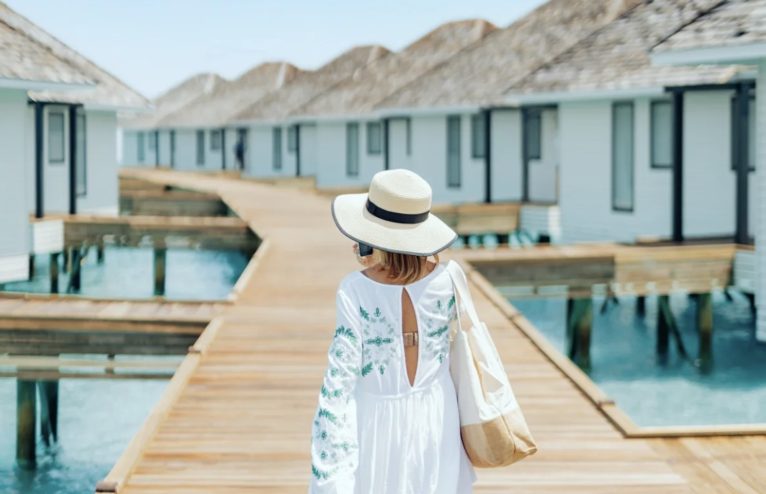

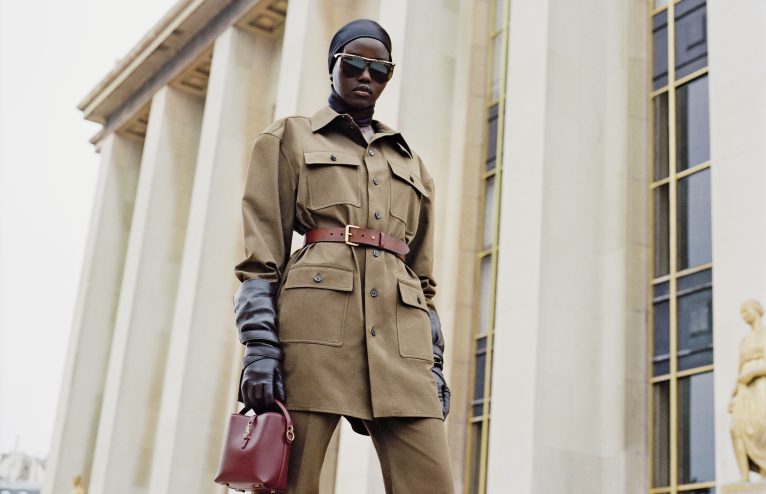

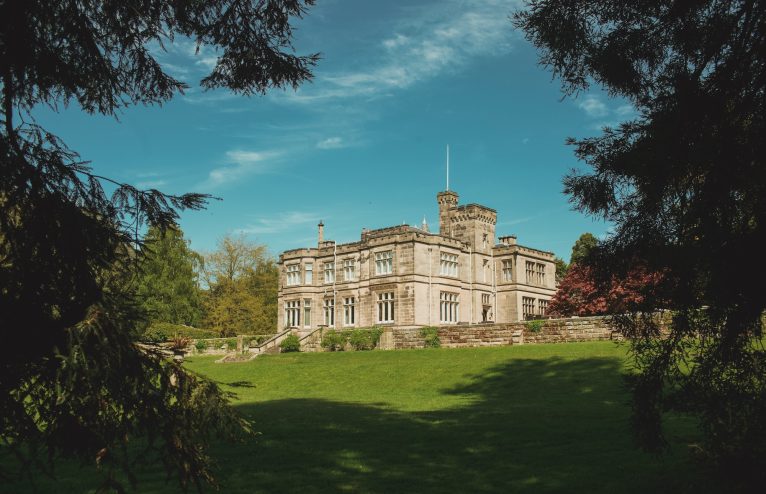
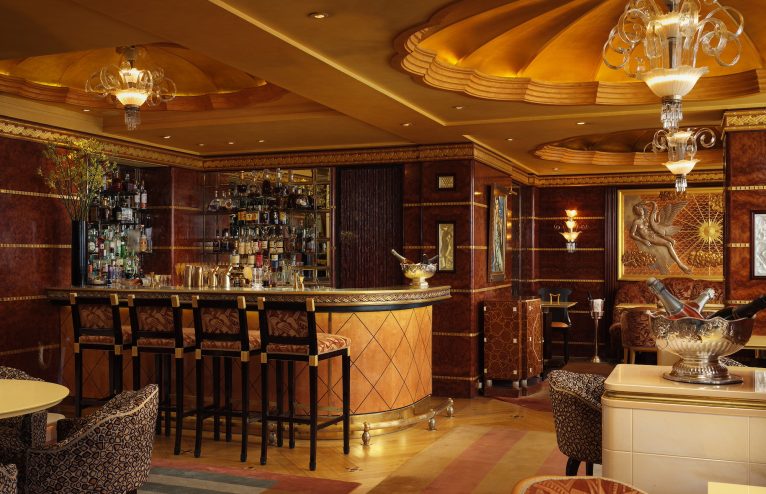
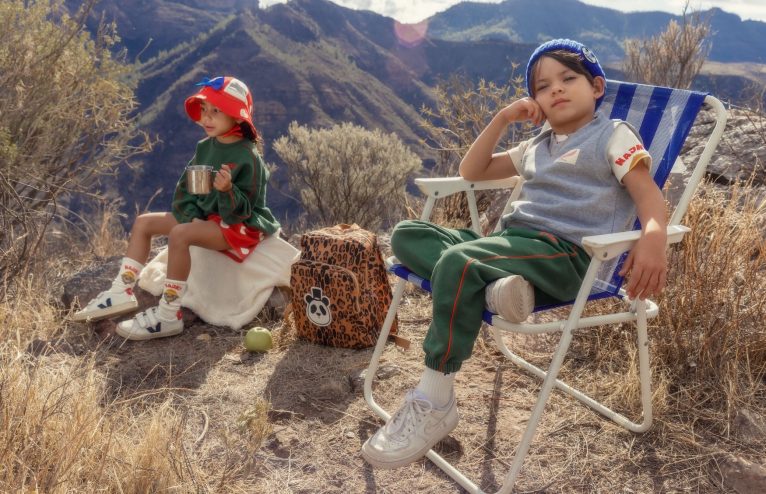






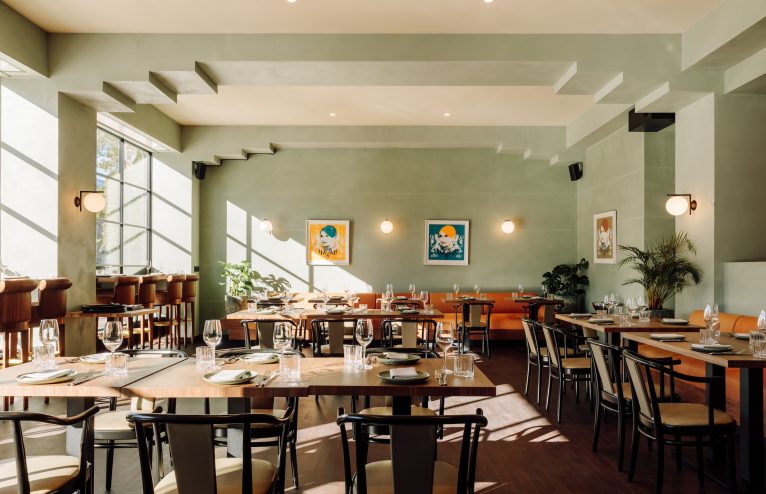
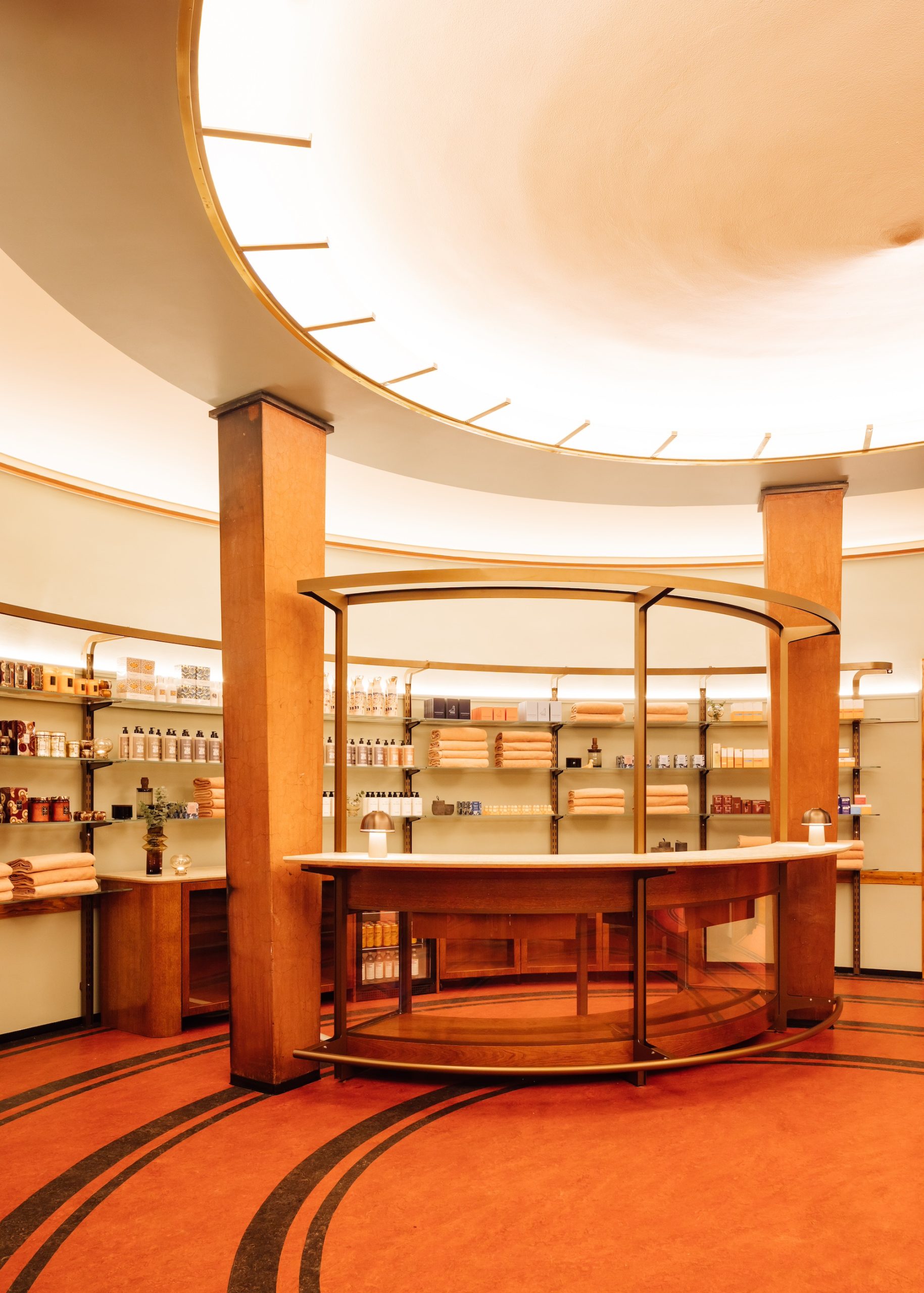
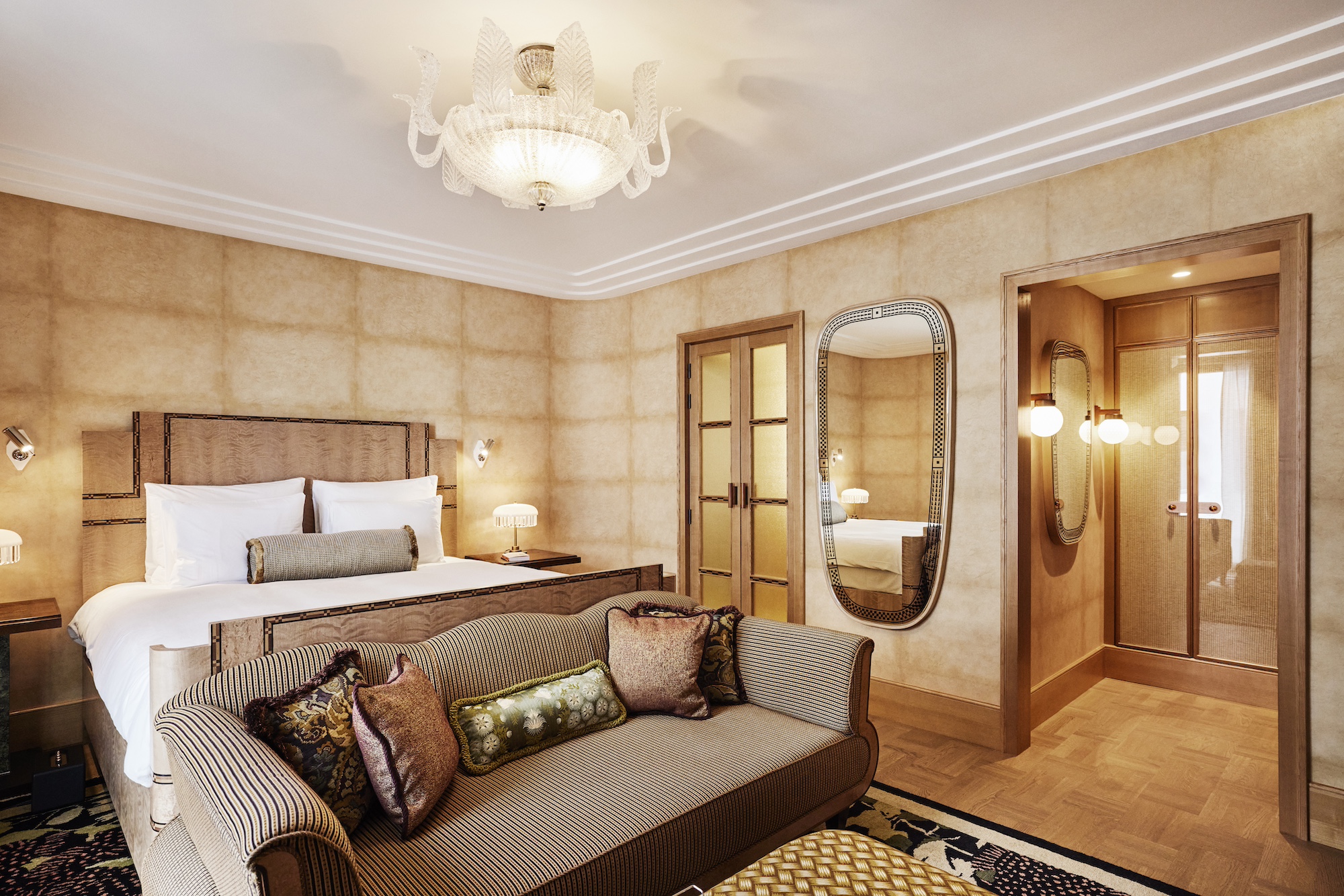



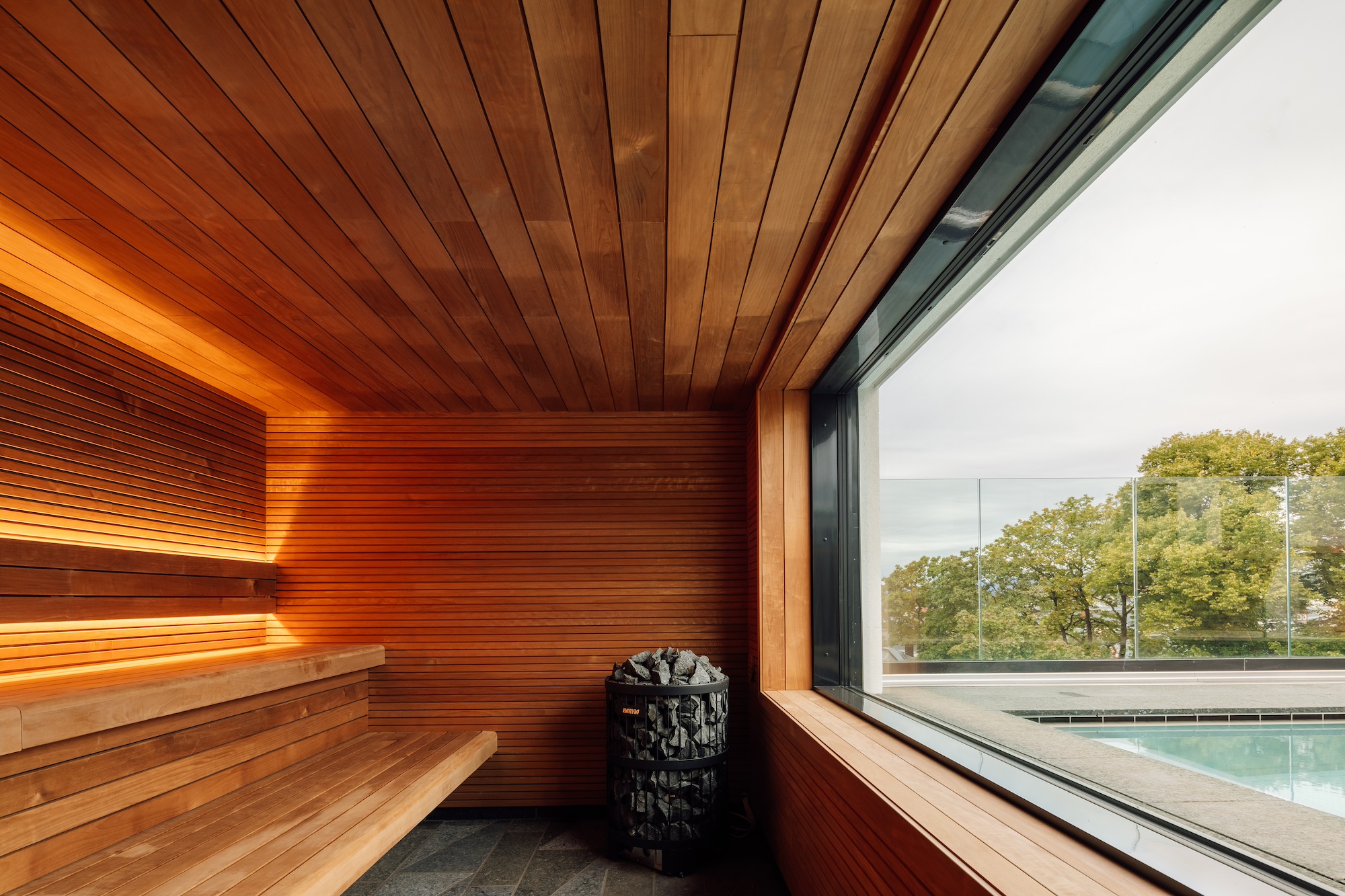


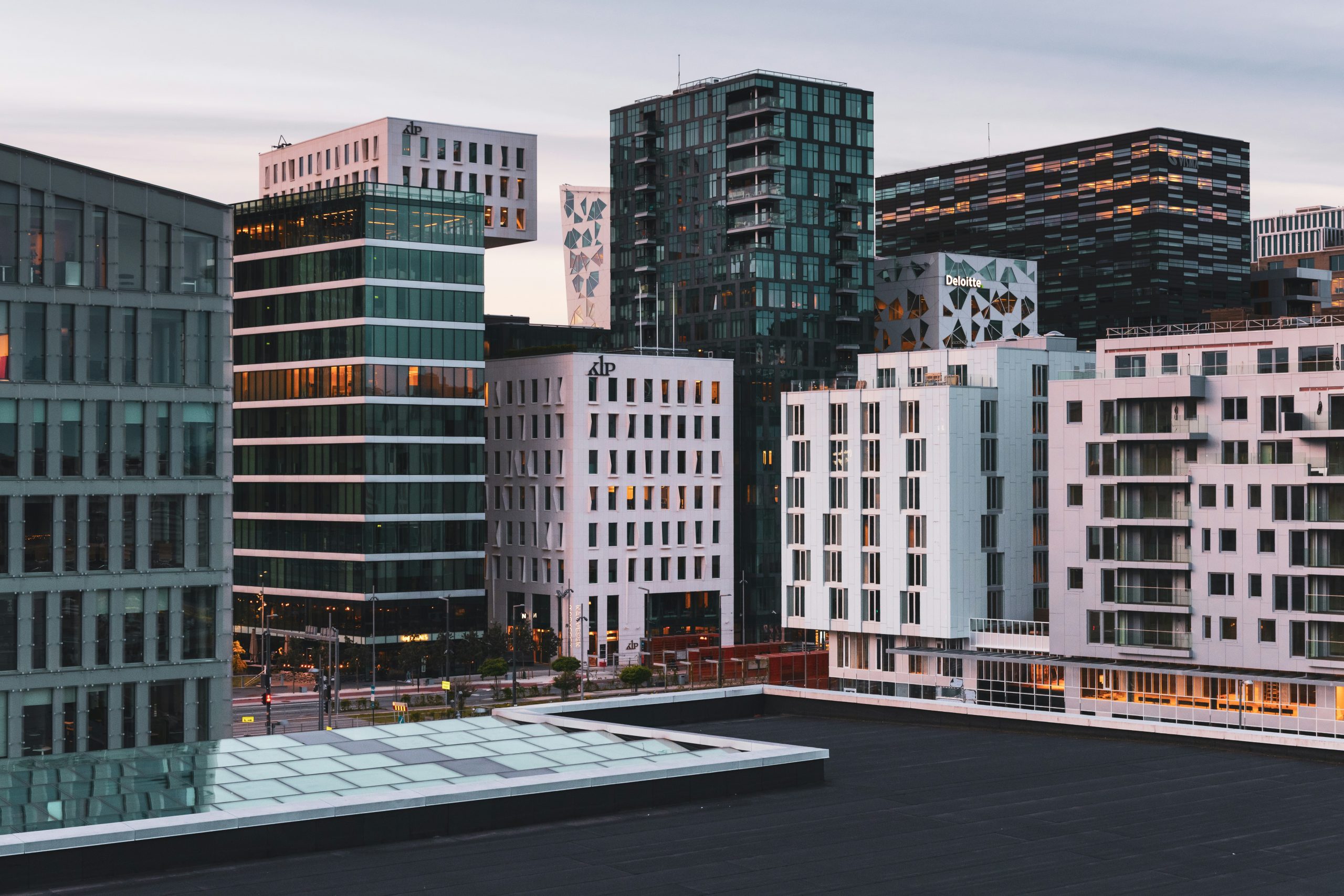
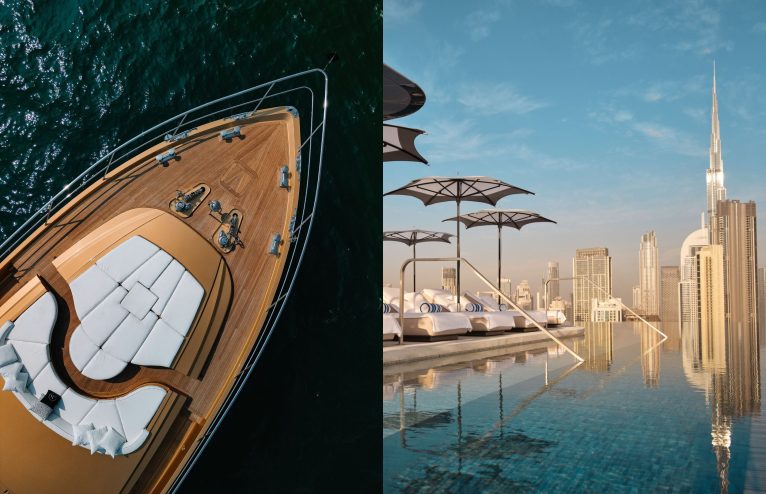

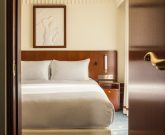


Any Questions or Tips to add?